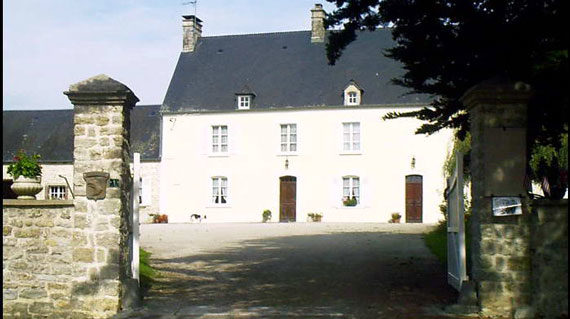
General Taylor Headquarter
General Taylor kept his Headquarters at this location for 8 days following June 6th, 1944
(Week Days Only)
Enjoy an exciting full day round-trip from Paris to the D-Day beaches!
This tour starts from Bayeux train station and runs from Monday to Friday (March-October).
In order to join this tour, you will need to take the earliest train from Paris Saint-Lazare, sometimes with a quick change in Caen. At the end of the tour, we will return you to Bayeux train station in time for your daily evening train back to Paris.
Note: we are not responsible for the very rare railway delays that might occur but, as long as all our guests are on the same train, we will be awaiting for you at the next train arrival. The tour would consequently be reduced in time but our fee would remain the same. Be assured that the main sites of the Omaha/Utah sector will be visited. Overlordtour guides are accustomed to last minute changes whilst still providing you with a memorable day!
We will take you to sectors where the American V Corps and VII Corps landings occurred at Omaha and Utah beaches. You will follow the steps of the famous 1st, 29th, and 4th American Infantry Divisions and the other units that linked up with them. You will also be taken to the misplaced drop zones of the 82nd and 101st Airborne Units that landed in the early morning hours of the D-Day Invasion on June 6, 1944.
MORNING: Omaha Beach – American Cemetery of Colleville – Pointe du Hoc.
AFTERNOON: Sainte-Mère-Eglise – La Fière – DeGlopper Action – Utah Beach – Sainte Marie du Mont – Holdy Battery and First Aid Station – La Colombière Hospital – Hiesville General Taylor Headquarter – General Pratt Memorial – Angoville au Plain
We will take you to sectors where the American V Corps and VII Corps landings occurred at Omaha and Utah beaches.
Lunch is not included in our fee.

General Taylor kept his Headquarters at this location for 8 days following June 6th, 1944
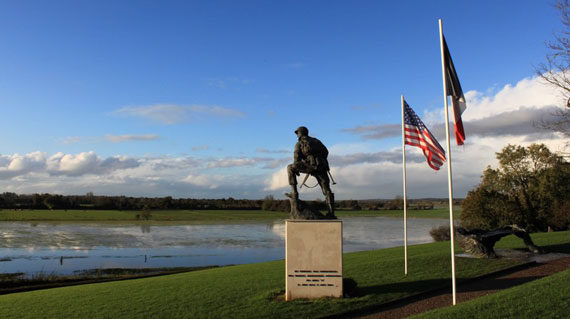
This is the place where many of the 82nd Airborne were located under orders of General Gavin to resist the counter attacking Germans and to guard two strategic bridges for the defense of the town of Sainte Mere Eglise
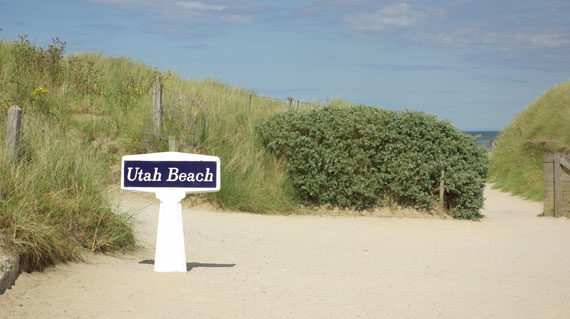
Utah Beach was the furthest west of the five beaches designated for the D-Day landings in June 1944. Located at the base of the Cotentin Peninsula, it was added by General Dwight Eisenhower to the original D-Day plan to ensure the early capture of the vital port of Cherbourg, at the north of the peninsula. Eisenhower realized that the Allied advance throughout Western Europe would require vast amounts of equipment and that the only major port that could handle this in the initial stages of the war was at Cherbourg.
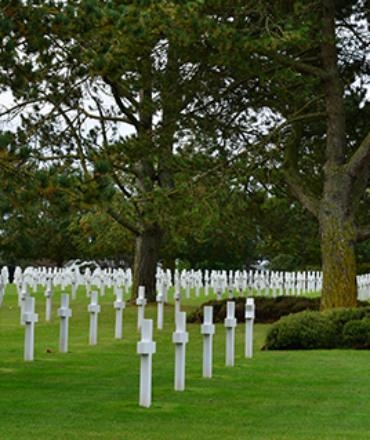 american cemetery of colleville sur mer
american cemetery of colleville sur mer
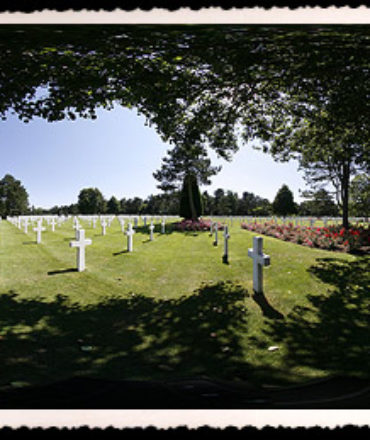 american cemetery of colleville-sur-mer
american cemetery of colleville-sur-mer
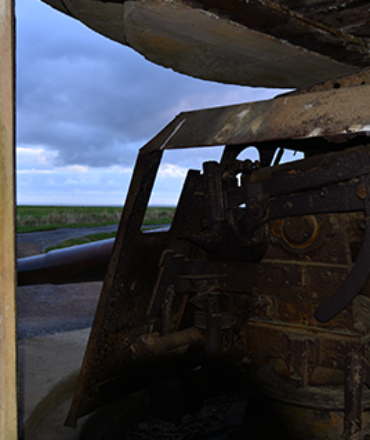 battery longues sur mer
battery longues sur mer
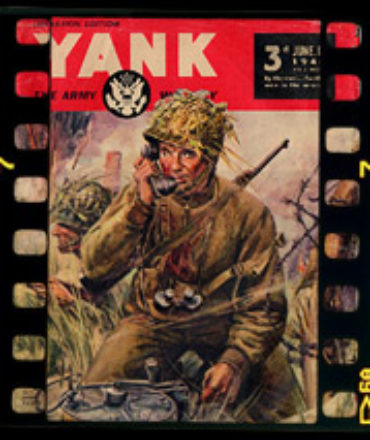 Yank dday
Yank dday
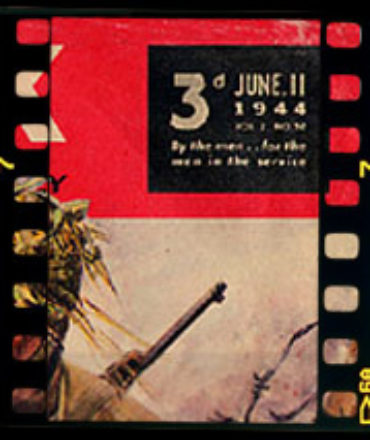 Yank dday 02
Yank dday 02
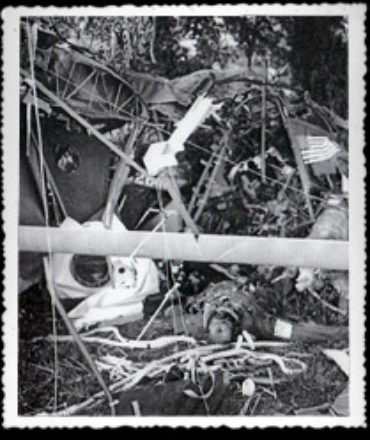 waco overlordtour
waco overlordtour
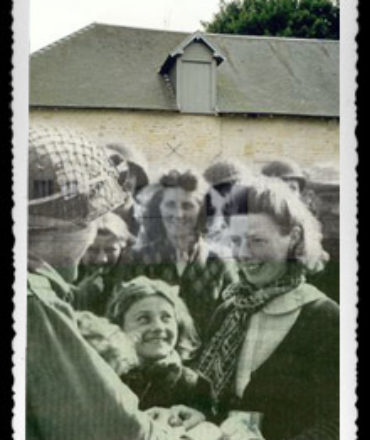 Taylor headquarter
Taylor headquarter
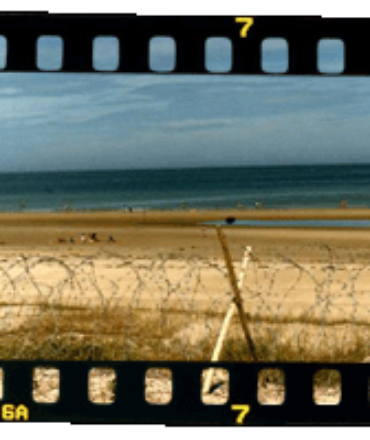 utah beach overlordtour
utah beach overlordtour
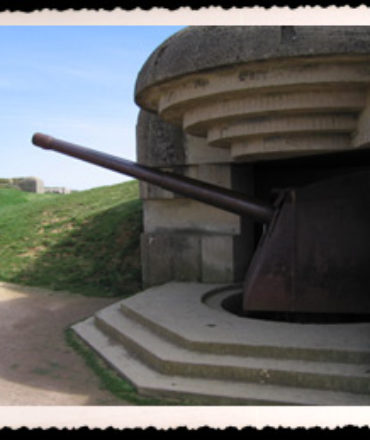 The battery of longues-sur-mer
The battery of longues-sur-mer
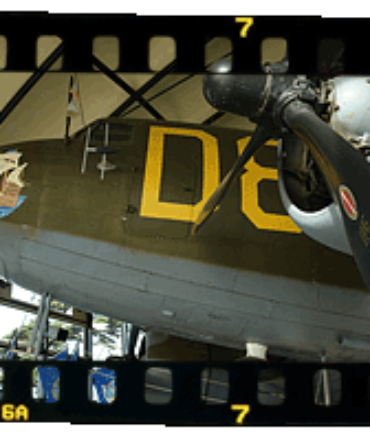 sainte-mere-eglise museum
sainte-mere-eglise museum
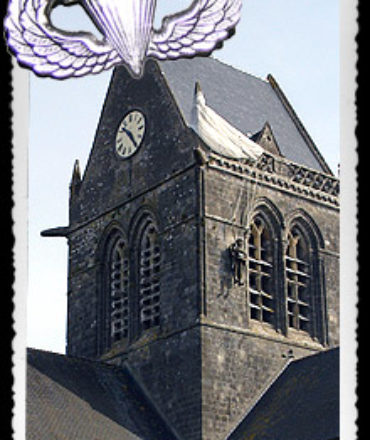 ste-mere-eglise
ste-mere-eglise
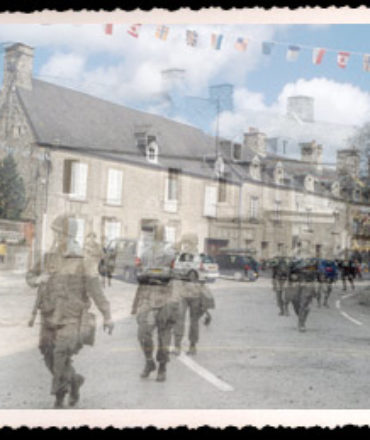 sainte-marie-du-mont
sainte-marie-du-mont
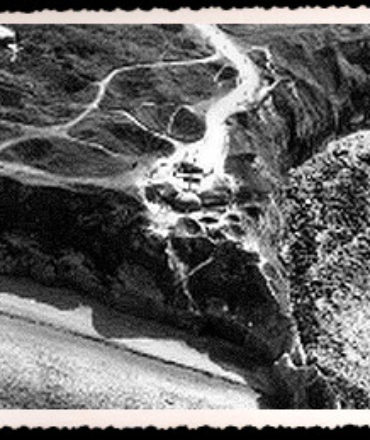 pointe-du-hoc
pointe-du-hoc
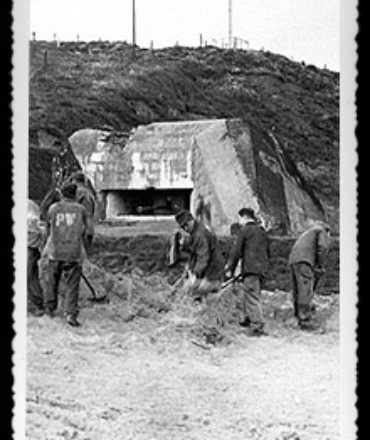 omaha wn Sainte-Honorine-des-Pertes to Vierville
omaha wn Sainte-Honorine-des-Pertes to Vierville
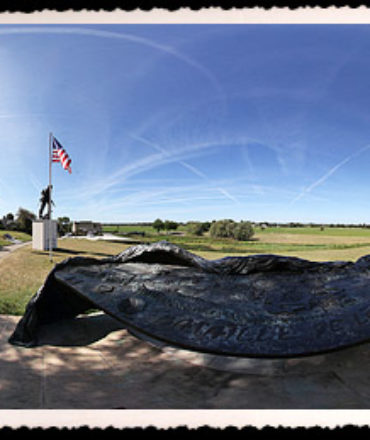 la fiere overlordtour
la fiere overlordtour
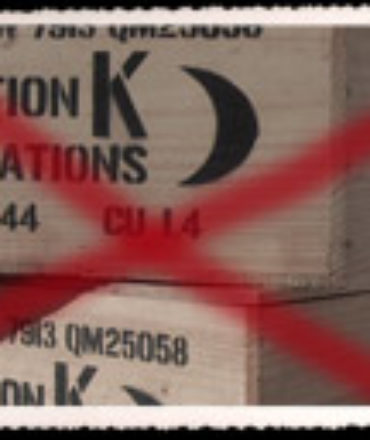 lunch break overlord
lunch break overlord
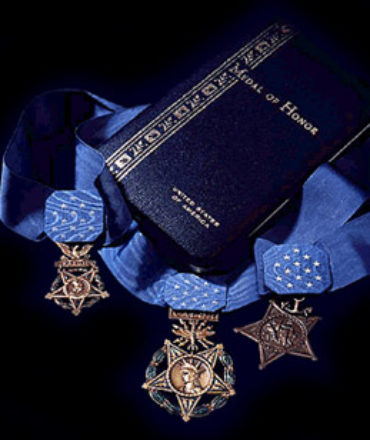 medal-of-honor overlord
medal-of-honor overlord
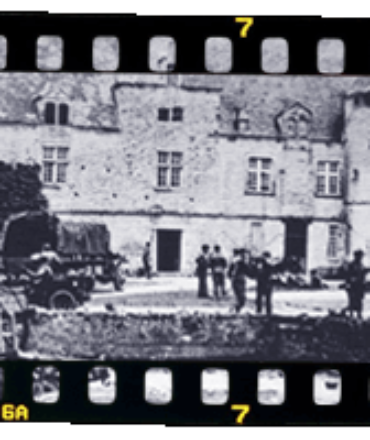 la colombiere hospital overlord
la colombiere hospital overlord
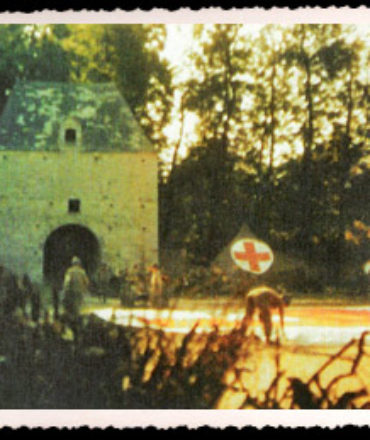 la colombiere hospital
la colombiere hospital
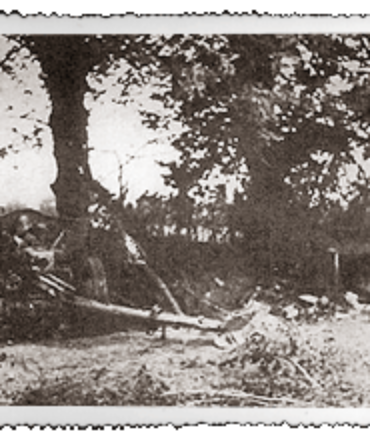 holdy Lage overlord
holdy Lage overlord
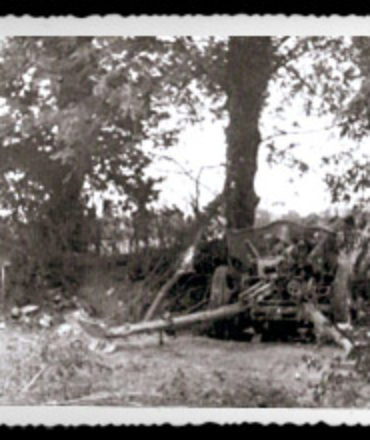 holdy Lage overlordtour
holdy Lage overlordtour
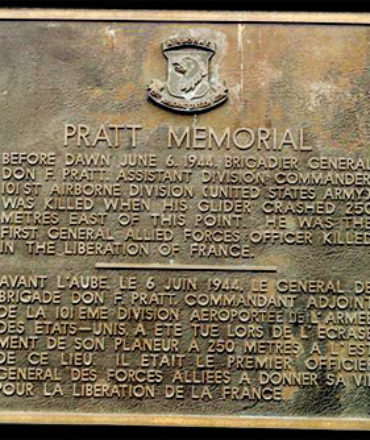 general pratt memorial
general pratt memorial
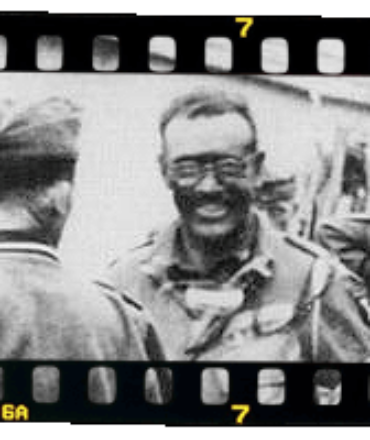 holdy Lage
holdy Lage
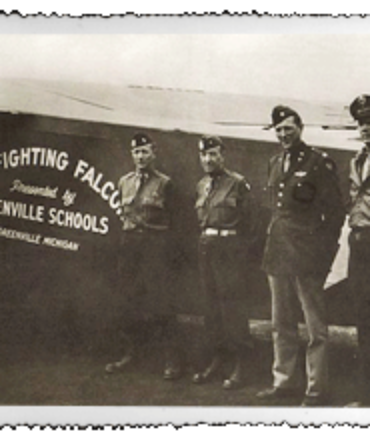 General Pratt
General Pratt
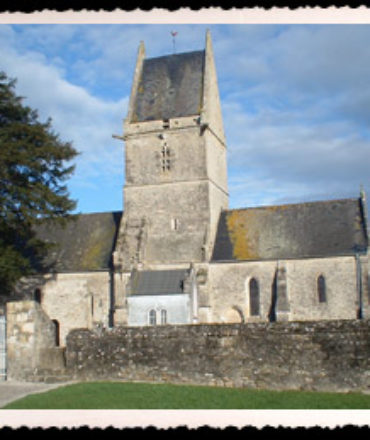 angoville-au-plain
angoville-au-plain
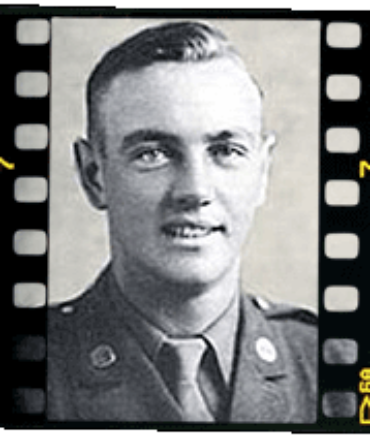 Deglopper action
Deglopper action